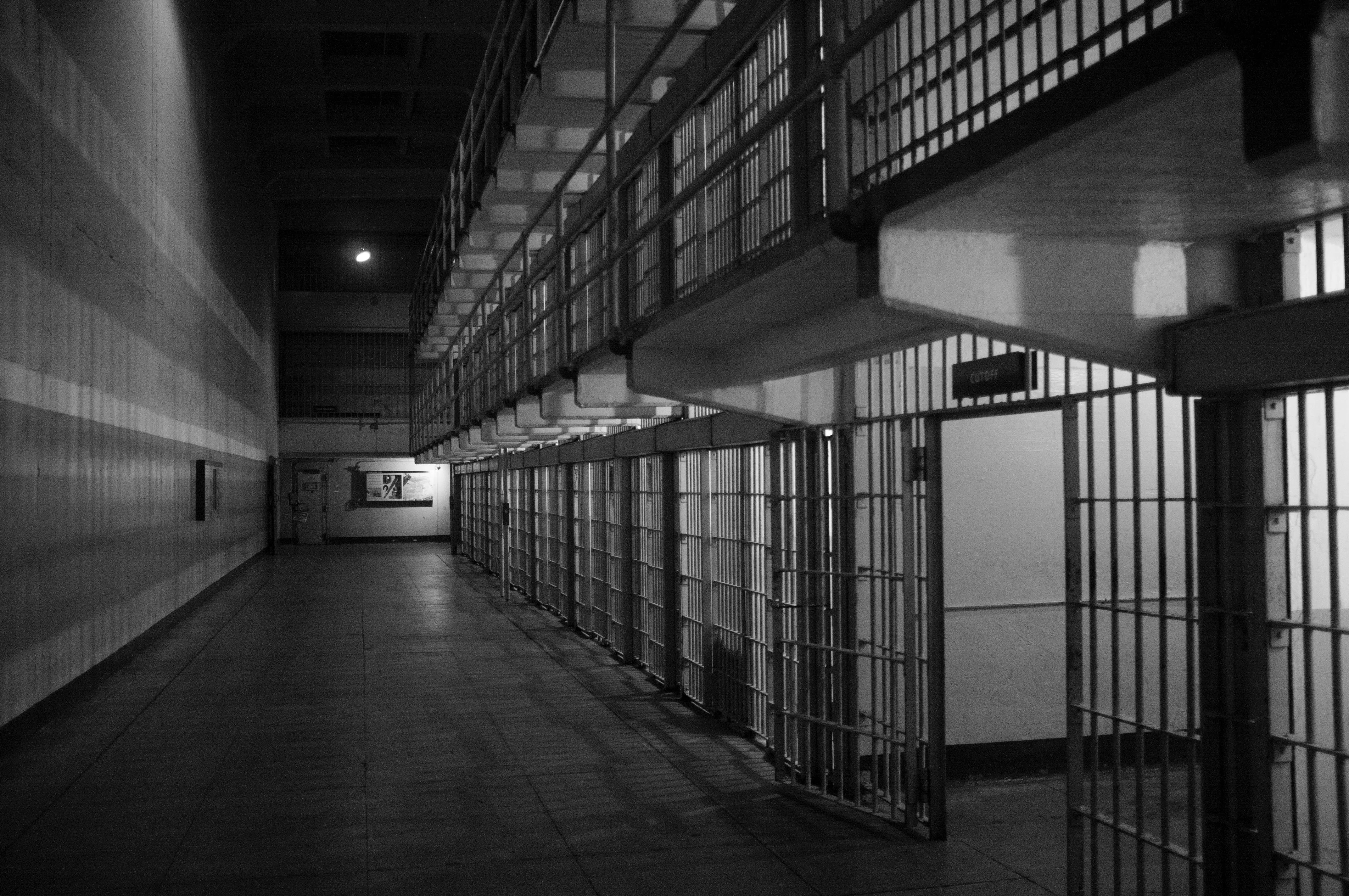A new lens on rehabilitation-focused technology in US corrections

At 2.12 million, the number of prisoners in the U.S. rivals the number of residents in the U.S.’s fourth-most populated city, Houston. So when you consider that nearly half of all federal prisoners will reenter the system at some point, stuck in a devastating cycle of recidivism, you start to understand the unimaginable magnitude of the issue.
Incarceration comes with lasting effects for individuals and their families. Once a person is convicted, the roadblocks start piling up, including but not limited to obtaining housing, finding employment and accessing federal or state assistance. Higher rates of repeat incarceration puts additional fiscal strains on government agencies, taxpayers and society.
Understanding the root causes of initial arrests and repeated convictions are essential to address and ultimately resolve recidivism. Real-time locating systems (RTLS) can reduce recidivism for those already in the system while helping formerly incarcerated individuals get back on their feet.
It starts with psychology
It may sound strange in the context of the penal system, but rewarding good behavior in near real-time can have a positive impact on inmate populations — and can help reduce recidivism.
The rationale behind this psychology is simple: Positive reinforcement — whether token, tangible or social — encourages positive behavior. Constructing an environment that consistently rewards positive behavior in inmate populations, rather than focusing solely on improper behavior, could begin to form the foundation for building & increasing positive behaviors. The direct result could encourage individuals in custody to exhibit more and more positive behaviors — completing work tasks, attending classes, staying away from situations that could upend their good behavior track. And holistically speaking, the more positive behaviors an individual exhibits, the greater their potential reward — with early release being the most desirable and least economically taxing. An indirect result would be the added positive impact on individuals not yet participating in the program that comes along with witnessing positive reinforcement of others. Simply showing positive results would promote behavioral changes to simply be included in the rewards program.
A sense of meaning and purpose is our greatest armor against hopelessness and can result in a lower risk of death and higher levels of resilience. Constructing a reward system to encourage good behavior and giving incarcerated individuals something with tangible meaning to strive for could be the mindset shift that makes a difference. The transition of a punishment-based system to a rewards-based one would require a fundamental shift in thought, but with the right technology and supporting policies, it could make a profound difference in the lives of millions.
Rehabilitation: Light the path up and out
Rehabilitation, in the context of the criminal justice system, means changing behaviors to affect future outcomes. Alter the mindsets, offer alternatives and address the underlying issues that may have made a burglary or illicit substance distribution the best possible choice. And if corrections facilities are able to change behaviors tied to recidivism, negative outcomes of all kinds could be avoided.
Incarcerated individuals often leave a correctional facility in worse mental and physical shape than they went in, leading to higher medical costs. What’s more, individuals who are released are often unprepared for social reintegration, lack health insurance and struggle to find employment. Most formerly incarcerated individuals reenter the criminal justice system within five years of release, exacerbating the effects of incarceration on families and communities, and also translating to millions of dollars of taxpayer money being used to keep individuals in a system that just doesn’t rehabilitate.
Taking a cue from Scandinavian countries
Continued incarceration has a devastating impact on families, with children of incarcerated individuals experiencing psychological difficulties, prolonged economic hardship and more. Communities with high rates of incarceration also bear the brunt of the system with broken social bonds, reduced economic development, a smaller workforce and an increase in crime.
Think rehabilitation is a pipe dream? Look no further than the Scandinavian approach to incarceration to turn that notion on its head.
The Swedish Prison and Probation Project has reduced recidivism to 29% from a high of 42% in less than two decades. This turnaround was achieved by offering clients — they’re not called “inmates” — rehabilitative treatment like access to kitchens and communal living spaces, therapy, job training and more. Guards don’t even carry guns in these corrections facilities.
How RTLS can help
One way the Scandinavian approach works is because of a highly personal, 1-on-1 approach to rehabilitation. That means frequent drug tests, check-ins and progress tracking to keep individuals moving forward with their treatment plans. There is also a significant need to improve or replace many aging facilities in the US; older buildings were never designed to deliver the services that are needed in today’s environment.
In the United States, where inmates outnumber custody officers 23-to-1, an individualized approach is more difficult. But that’s where RTLS technology shows great promise. With simple, fast and accurate tracking, classification professionals and care providers can monitor inmates who attend reintegration classes, consistently exhibit good behavior, are where they’re supposed to be and actively work on their own self-betterment.
Corrections staff, aided by fast, accurate and reliable RTLS, will be empowered to do their jobs more effectively. With real-time insight into the locations of those in their charge, corrections staff can mitigate potentially dangerous situations, ensure proper officer coverage of areas, reduce time spent on counts and feel confident knowing there’s coverage where there should be, down to the room.
Because of its capacity for monitoring positive behaviors and creating a culture of safety, RTLS can be used more widely for good, and it should be. Granted, that would require equipment investments coupled with a mentality shift in how we treat incarcerated individuals to better prepare them for a return to life in the outside world.
The long-term benefits — recidivism rates reduced, taxpayer dollars saved, more positive mental and physical health outcomes after time spent in the penal system — would make such an investment well worth it.
With consistency, care and structures that set up individuals for success, people can get out of the system — and more importantly, stay out. It’s past time for America to move toward a concerted focus on rehabilitation in our corrections facilities so individuals and communities can escape this brutal cycle and have a new opportunity to thrive.
This article originally ran in Security, a twice-monthly security-focused eNewsletter for security end users, brought to you by Security Magazine. Subscribe here.
Looking for a reprint of this article?
From high-res PDFs to custom plaques, order your copy today!








